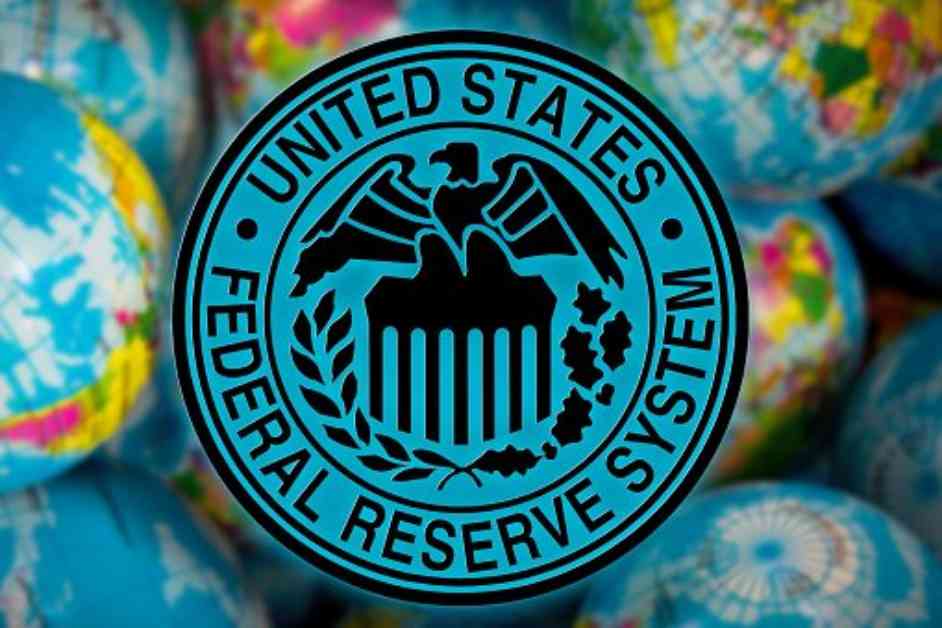The Federal Reserve’s recent decision to lower interest rates by 50 basis points had the support of a majority of policymakers, as revealed in the meeting minutes. However, the discussions among the officials showed a more intense debate on the future direction of easing. Governor Michelle Bowman was the only one who dissented, while others had mixed opinions on the pace of the rate cuts.
Some participants believed that a 25bps rate cut would have been more appropriate considering the current economic conditions. They argued that with inflation still elevated, stable economic growth, and low unemployment, a smaller reduction could lead to a more gradual normalization of policy. Additionally, they mentioned that a 25bps cut would provide a more predictable signal to the markets.
Looking ahead, there is a deepening divide among policymakers on the future rate cuts. While most agreed that the upside risks to inflation have decreased, many noted the increasing downside risks to employment. However, there is still uncertainty on when and how much further rate cuts should be implemented.
Some participants emphasized the importance of not delaying policy easing too long, as it could negatively impact economic activity and employment. They warned about the significant costs if such weakness in the economy was already underway. On the other hand, some officials cautioned against easing too soon or too much, as it could jeopardize the progress made on inflation. Given the uncertainties surrounding the longer-term neutral rate, gradual reduction of policy restraint was deemed appropriate by some.
In conclusion, the Federal Reserve’s decision to cut interest rates was supported by a majority of policymakers, but the meeting minutes revealed a divergence of opinions on the future direction of monetary policy. The discussions highlighted the balancing act the Fed faces in addressing economic risks while trying to maintain stable growth and inflation. The uncertainty surrounding the future rate cuts underscores the challenges ahead for the central bank in navigating through a complex economic landscape.

















